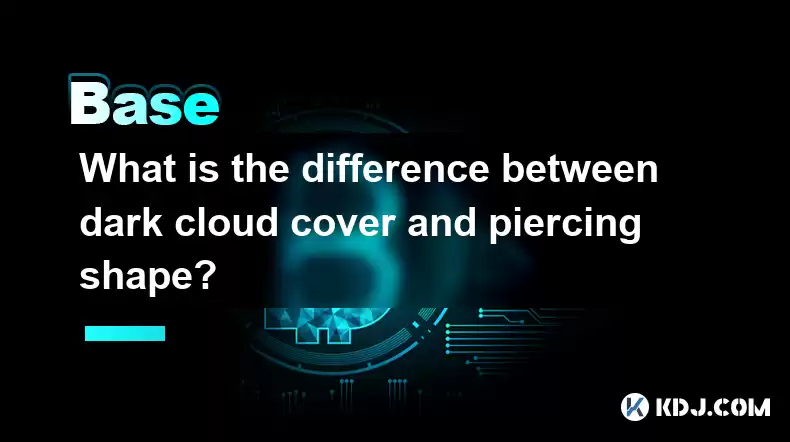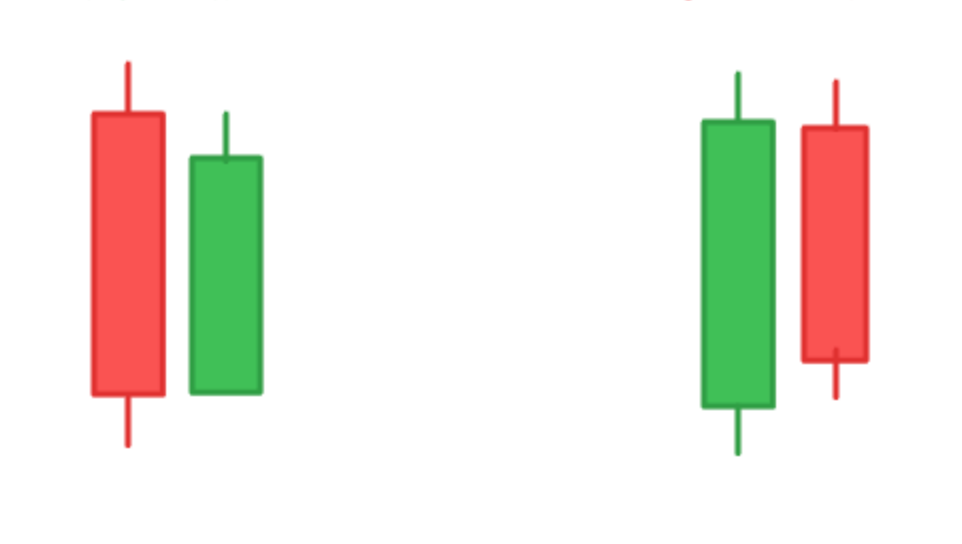-
 Bitcoin
Bitcoin $117300
1.93% -
 Ethereum
Ethereum $3866
5.21% -
 XRP
XRP $3.109
3.81% -
 Tether USDt
Tether USDt $1.000
0.01% -
 BNB
BNB $781.5
1.52% -
 Solana
Solana $173.0
2.95% -
 USDC
USDC $0.9998
0.00% -
 Dogecoin
Dogecoin $0.2181
6.31% -
 TRON
TRON $0.3403
0.93% -
 Cardano
Cardano $0.7683
3.91% -
 Hyperliquid
Hyperliquid $40.08
5.09% -
 Sui
Sui $3.742
7.38% -
 Stellar
Stellar $0.4152
4.69% -
 Chainlink
Chainlink $18.40
10.03% -
 Bitcoin Cash
Bitcoin Cash $580.6
2.21% -
 Hedera
Hedera $0.2543
4.25% -
 Ethena USDe
Ethena USDe $1.001
-0.01% -
 Avalanche
Avalanche $22.94
3.52% -
 Litecoin
Litecoin $121.8
2.24% -
 UNUS SED LEO
UNUS SED LEO $8.955
-0.41% -
 Toncoin
Toncoin $3.330
3.03% -
 Shiba Inu
Shiba Inu $0.00001270
2.97% -
 Uniswap
Uniswap $10.34
6.42% -
 Polkadot
Polkadot $3.805
3.86% -
 Dai
Dai $1.000
0.01% -
 Bitget Token
Bitget Token $4.429
1.80% -
 Cronos
Cronos $0.1495
4.65% -
 Monero
Monero $255.6
-9.08% -
 Pepe
Pepe $0.00001096
4.40% -
 Aave
Aave $282.9
7.85%
What is the difference between dark cloud cover and piercing shape?
The dark cloud cover and piercing patterns are common reversal patterns. The former appears at the end of the upward trend and the latter is at the end of the downward trend. The key to identifying is the depth of the closing price of the second K-line.
Apr 03, 2025 at 03:50 pm

In the world of cryptocurrency trading, technical analysis is one of the important tools traders use to predict market trends and make trading decisions. Among them, 'Dark Cloud Cover' and 'Piercing Pattern' are two common reversal patterns, which have specific appearance and meaning on the K-line chart. Although they seem similar, there are actually significant differences. This article will explore the differences between the two in detail to help traders better understand and apply these patterns.
Definition and identification of dark cloud cover
The dark cloud cover is a bearish reversal pattern that usually occurs at the end of an uptrend. Its formation requires the following conditions:
On the first day, the market closed with a strong positive line, indicating that buyer strength dominated.
The next day, the market opened higher than the highest price on the first day, but the closing price went deeper than half of the positive line entity on the first day.
The emergence of this pattern means that the seller's power will start to counterattack, which may lead to a reversal of the market trend. The key to identifying the shape of the dark cloud cover is the depth of the closing price on the second day, which must enter the lower half of the positive line entity on the first day.
Definition and identification of piercing morphology
In contrast to the dark cloud cover, the piercing pattern is a bullish reversal pattern that usually occurs at the end of a downward trend. Its formation requires the following conditions:
On the first day, the market closed with a strong negative line, indicating that the seller's strength dominated.
The next day, the market opened lower than the lowest price on the first day, but the closing price went deeper than half of the negative line entity on the first day.
The emergence of the piercing pattern means that the buyer's power will start to counterattack, which may lead to a reversal of the market trend. The key to identifying the puncture pattern is the depth of the closing price of the next day, which must enter the upper half of the yin line entity on the first day.

The difference between dark cloud cover and prickly shape
Although the dark cloud cover and piercing shapes are similar in appearance, they have several key differences:
Trend background : The dark cloud cover appears at the end of the upward trend, while the piercing pattern appears at the end of the downward trend.
Color and direction : The top of the dark cloud cover consists of a positive line and a negative line, while the piercing form consists of a negative line and a positive line.
The depth of the closing price : The closing price of the second K-line with the top of the dark cloud must enter the lower half of the first K-line entity, while the closing price of the second K-line with the piercing pattern must enter the upper half of the first K-line entity.
These differences make the meaning and application of these two completely different in the market.
Application of dark cloud cover and piercing form
In actual trading, identifying and correctly applying the dark cloud cap and piercing patterns can help traders make smarter decisions. Here are some application suggestions:
Dark Cloud Cover : When a trader sees a dark cloud Cover Cover pattern in an upward trend, he or she can consider selling or shorting, as this may indicate that the market will reverse. At the same time, traders can confirm the reversal signal in combination with other technical indicators, such as the Relative Strength Index (RSI) or the moving average.
Pulse pattern : When a trader sees a pulse pattern in a downward trend, he or she can consider buying or going long because this may indicate a reversal of the market. Similarly, traders can confirm the reversal signal in combination with other technical indicators, such as MACD or Bollinger bands.
Verification of dark cloud cover and piercing shape
To ensure the effectiveness of the dark cloud cover and piercing patterns, traders need to verify. This includes the following steps:
Confirm the trend : Make sure the dark cloud cover appears in the upward trend and the piercing pattern appears in the downward trend.
Verify the closing price : Ensure that the closing price of the second K-line at the top of the dark cloud cover enters the lower half of the first K-line entity, and the closing price of the second K-line in the piercing form enters the upper half of the first K-line entity.
Combined with other indicators : use other technical indicators, such as RSI, MACD, etc. to confirm the effectiveness of the inversion signal.
Observe the subsequent trend : After the pattern appears, observe the actual trend of the market to ensure that the pattern indicates the actual trend.
Through these verification steps, traders can improve the accuracy of identifying and applying dark cloud cover and piercing patterns.
Risk management of dark cloud cover and piercing patterns
Risk management is crucial when trading using dark cloud cover and puncture patterns. Here are some risk management strategies:
Stop loss settings : Before entering the trade, set a stop loss point to limit potential losses. For example, after the dark cloud cover top pattern appears, the stop loss can be set above the highest point of the first positive line; after the puncture pattern appears, the stop loss can be set below the lowest point of the first negative line.
Position control : reasonably control the position size of each transaction based on the total funds and risk tolerance of the account to avoid huge losses caused by excessive trading.
Multiple confirmation : Do not trade by simply covering the top of the cloud or piercing pattern, but should combine other technical indicators and fundamental analysis to make multiple confirmation to improve the success rate of the transaction.
Through these risk management strategies, traders can better control trading risks and increase the likelihood of profit.
Disclaimer:info@kdj.com
The information provided is not trading advice. kdj.com does not assume any responsibility for any investments made based on the information provided in this article. Cryptocurrencies are highly volatile and it is highly recommended that you invest with caution after thorough research!
If you believe that the content used on this website infringes your copyright, please contact us immediately (info@kdj.com) and we will delete it promptly.
- Bitcoin Reserve, Gold Revaluation, Congress Considers: A New Era for US Financial Strategy?
- 2025-08-08 04:30:12
- KAITO's Momentum: Can It Reclaim Support Amidst Social Media Scrutiny?
- 2025-08-08 04:30:12
- Pi Coin's dApp and AI Potential: Building a Decentralized Future
- 2025-08-08 02:30:12
- Ruvi AI Takes the Lead: Outshining Dogecoin on CoinMarketCap
- 2025-08-08 02:50:12
- Cryptos Under $1: Is Ripple Still the King?
- 2025-08-08 03:50:12
- Cold Wallet, Bonk Price, ICP Price: Navigating the Crypto Landscape in 2025
- 2025-08-08 03:56:12
Related knowledge

What is the difference between CeFi and DeFi?
Jul 22,2025 at 12:28am
Understanding CeFi and DeFiIn the world of cryptocurrency, CeFi (Centralized Finance) and DeFi (Decentralized Finance) represent two distinct financia...

How to qualify for potential crypto airdrops?
Jul 23,2025 at 06:49am
Understanding What Crypto Airdrops AreCrypto airdrops refer to the distribution of free tokens or coins to a large number of wallet addresses, often u...

What is a crypto "airdrop farmer"?
Jul 24,2025 at 10:22pm
Understanding the Role of a Crypto 'Airdrop Farmer'A crypto 'airdrop farmer' refers to an individual who actively participates in cryptocurrency airdr...

What is the difference between a sidechain and a Layer 2?
Jul 20,2025 at 11:35pm
Understanding the Concept of SidechainsA sidechain is a separate blockchain that runs parallel to the main blockchain, typically the mainnet of a cryp...

What is the Inter-Blockchain Communication Protocol (IBC)?
Jul 19,2025 at 10:43am
Understanding the Inter-Blockchain Communication Protocol (IBC)The Inter-Blockchain Communication Protocol (IBC) is a cross-chain communication protoc...

How does sharding improve scalability?
Jul 20,2025 at 01:21am
Understanding Sharding in BlockchainSharding is a database partitioning technique that is increasingly being adopted in blockchain technology to enhan...

What is the difference between CeFi and DeFi?
Jul 22,2025 at 12:28am
Understanding CeFi and DeFiIn the world of cryptocurrency, CeFi (Centralized Finance) and DeFi (Decentralized Finance) represent two distinct financia...

How to qualify for potential crypto airdrops?
Jul 23,2025 at 06:49am
Understanding What Crypto Airdrops AreCrypto airdrops refer to the distribution of free tokens or coins to a large number of wallet addresses, often u...

What is a crypto "airdrop farmer"?
Jul 24,2025 at 10:22pm
Understanding the Role of a Crypto 'Airdrop Farmer'A crypto 'airdrop farmer' refers to an individual who actively participates in cryptocurrency airdr...

What is the difference between a sidechain and a Layer 2?
Jul 20,2025 at 11:35pm
Understanding the Concept of SidechainsA sidechain is a separate blockchain that runs parallel to the main blockchain, typically the mainnet of a cryp...

What is the Inter-Blockchain Communication Protocol (IBC)?
Jul 19,2025 at 10:43am
Understanding the Inter-Blockchain Communication Protocol (IBC)The Inter-Blockchain Communication Protocol (IBC) is a cross-chain communication protoc...

How does sharding improve scalability?
Jul 20,2025 at 01:21am
Understanding Sharding in BlockchainSharding is a database partitioning technique that is increasingly being adopted in blockchain technology to enhan...
See all articles

























































































